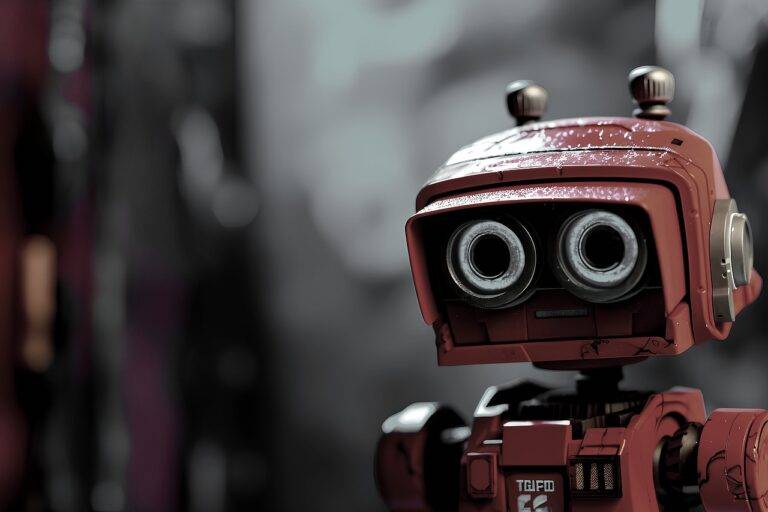Understanding the Role of Robotics in Modern Manufacturing
Robotics in manufacturing has undergone a significant transformation over the years. From rudimentary automated machines to advanced robotic arms equipped with artificial intelligence, the evolution of robotics has revolutionized the manufacturing industry. These advancements have not only increased efficiency but have also led to improved precision and consistency in production processes.
The integration of robotics in manufacturing has paved the way for increased automation in various sectors such as automotive, electronics, and pharmaceuticals. This shift towards automation has not only accelerated production rates but has also reduced the margin of error in manufacturing processes. As robots become more sophisticated and adaptable, manufacturers are better equipped to meet the demands of a rapidly changing market.
Advantages of Implementing Robotics in Modern Manufacturing
Robots play a vital role in modern manufacturing, offering numerous advantages to companies. One key benefit is the increased efficiency they bring to production lines. Robots can work tirelessly 24/7 without needing breaks, leading to higher productivity and output levels in manufacturing facilities.
Moreover, robots enhance the quality and precision of products. With their accuracy and consistency, they help minimize errors in manufacturing processes. This results in a higher standard of products being produced, ultimately leading to customer satisfaction and loyalty.
• Robots can work tirelessly 24/7 without needing breaks
• Higher productivity and output levels in manufacturing facilities
• Enhance the quality and precision of products
• Minimize errors in manufacturing processes
• Higher standard of products being produced
• Customer satisfaction and loyalty is increased
Types of Robotics Used in Manufacturing
Industrial robots are commonly used in manufacturing processes to automate tasks that are repetitive, dangerous, or require a high degree of precision. These robots are programmed to perform specific functions, such as welding, painting, assembly, and material handling. They can operate in a wide range of environments, from automotive assembly lines to food processing plants, increasing efficiency and reducing the risk of human error.
Collaborative robots, also known as cobots, are a newer addition to manufacturing facilities. Unlike traditional industrial robots that are often caged off for safety reasons, cobots are designed to work alongside human workers. These robots can perform tasks that require dexterity and flexibility, such as small parts assembly or packaging. By working in close proximity with humans, cobots enhance productivity and adaptability in modern manufacturing settings.
What are the different types of robotics used in manufacturing?
The different types of robotics used in manufacturing include industrial robots, collaborative robots (cobots), autonomous mobile robots (AMRs), and automated guided vehicles (AGVs).
How have robotics evolved in the manufacturing industry?
Robotics in manufacturing have evolved from traditional industrial robots to more advanced and intelligent robots that can work alongside humans, known as collaborative robots or cobots.
What are the advantages of implementing robotics in modern manufacturing?
The advantages of implementing robotics in modern manufacturing include increased productivity, improved efficiency, enhanced safety for workers, and the ability to handle complex tasks with precision.
Can robotics completely replace human workers in manufacturing?
While robotics can automate many tasks in manufacturing, they are not meant to completely replace human workers. Instead, they are designed to work alongside humans to improve efficiency and productivity.





